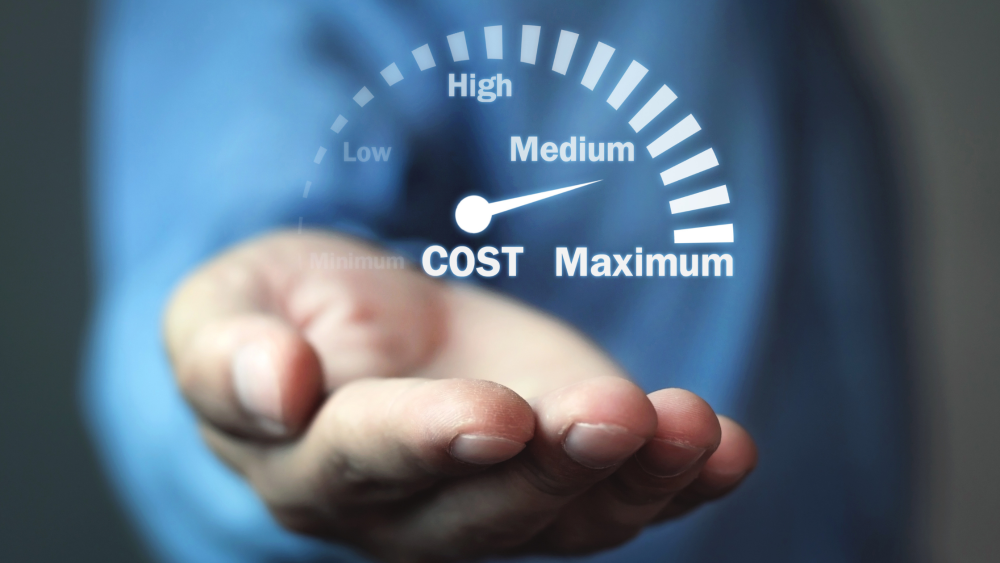Many pilots and student pilots who often do not know much about accounts, ask themselves during the training course why an hour of flight costs so much. Many flight schools find themselves with clients who do the math in their pocket: "But if the fuel for an hour of flight costs 50 euros, why does the hour of flight cost 250 euros?".
Flight schools and aeroclubs in general are those typical companies with relatively low variable costs and very high fixed costs.

Before we do the pocket bills at schools and discuss the hourly cost of aircraft or think that flight schools speculate on customers and that the owners are millionaires, let's clarify the business plan of a training organization or an aeroclub:
The variable costs (direct costs) are those that are generated only by using the vehicle, that is, when it flies. As long as a plane is stationary in the hangar, these costs are not there.
What are these costs?
The fuel obviously and the maintenance (hourly and obviously not calendar | read the definition here in the glossary). They sometimes generate less than 20% of the total cost.
But let's see why and let's dive into fixed costs.
Do you know how much the insurance of an aircraft costs? A small plane can range from 5,000 to 10,000 Euros, for a helicopter from 10,000 to 20,000 Euros (obviously considering a school or rental activity, which are the most risky). Here is the first nest egg to be paid - in advance - even before taking the plane out of the hangar.
Then there is the rent of the hangar, the offices, the depreciation of the vehicle (approximately the purchase value divided by eight) and finally the staff.
Do you know how many people it takes to run a flight school?
In addition to the instructors and the secretariat, who are the people with whom a student has the main contacts and the mechanic who is seen in the hangar, the figures that must be paid are: the accountable manager (responsible for the certification in its entirety, financial sustainability, safety, of every operation that is carried out by the aeronautical operator), the Head of Training (many times an instructor but who must have qualifications and experiences that are difficult to find on the market ), the Quality Manager (now CMM, who must monitor the regulatory changes to ensure that you are always compliant in this tangled world), the safety manager (the name alone explains the role) and then, administration, accounting, management navigability and maintenance (which can be internal or external).
For now things seem pretty clear: "ok, there are a lot of costs ... but why does it cost so much to fly?". In the next article, you will find some "pocket bills" that we have done:
READ THE ARTICLE HERE - The costs of a flight school pt.2
esempi di as xml: xml serveResource con templateId (chiave)
esempi di as json: json serveResource con templateId (chiave)
esempi di as json e siteId: json serveResource con siteid